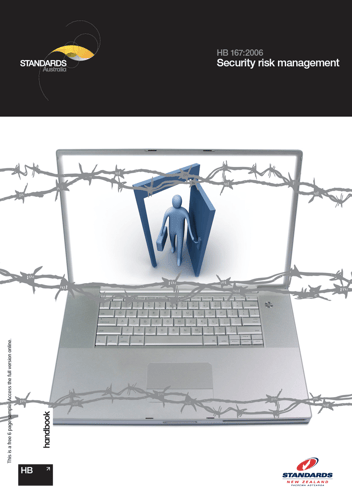Bridging the Gap: An Exploration of the Trials Corporate Security Professionals Encounter
Bridging the Gap: An Exploration of the Trials Corporate Security Professionals Encounter
In the ever-evolving landscape of corporate security, professionals encounter a multitude of hurdles. This thought-provoking blog presents initial insights from customer interviews, highlighting prevailing themes derived from their experiences. We invite you to participate in this discourse, sharing your own trials as we collectively strive to bridge the gap between security and the business realm.
Mutual understanding: forging connections
Our interviews underscored the significance of fostering mutual understanding between security professionals and the businesses they protect. Security professionals must grasp the intricacies of the businesses they support, while businesses need to recognize the role and value that security brings. By establishing this shared understanding, security can solidify its position as a respected partner in the business landscape.
Security's role: Mastering business acumen
Security professionals bear the responsibility of immersing themselves in the businesses they safeguard. By deeply understanding an organization's mission, culture, objectives, challenges, and operations, security professionals can demonstrate their worth as strategic advisors and partners.
Risk analysis: The Foundation of Security Management
Effective security risk analysis is paramount for cost-efficient security management. However, our interviews revealed the need for a global consensus among organizations on best practices for physical and digital security management. Security professionals must foster a collective understanding of threats and risks within their teams. This collaborative approach and knowledge exchange will pave the way for robust risk analysis and mitigation strategies.
Upskilling and Knowledge Gap: Barriers to Progress
A fundamental lack of knowledge among corporate security professionals hinders the adoption of a "risk-led security management approach." Upskilling becomes imperative to bridge this knowledge gap, empowering security professionals to make informed decisions. Investment in training and education is crucial to stay abreast of evolving threats and emerging best practices.
Resource constraints: Striving for support
Resource limitations emerged as a recurring theme in our interviews, impeding the execution of effective security risk management. More personnel and budgetary resources are needed to meet current key performance indicators (KPIs) and embrace a risk-led security approach. Companies must prioritize allocating sufficient resources to the security department for proactive risk management and response. Simultaneously, the security department must focus on justifying such spending through business impact analysis and cost-benefit analysis.
Recommendations:
Based on our interviews, we propose several strategies to address the challenges faced by corporate security professionals:
Enhance Business Knowledge: Security professionals should actively understand the businesses they protect in non-security terms.
Foster Consensus: Security and business leadership must align on effective strategies for managing physical and digital security issues.
Embrace Technology: Utilize advanced user interfaces and AI to streamline security risk management, enabling security functions to do more with fewer resources.
Expand Resources: Engage internal non-security professionals, such as facilities managers, to perform security control audits using simplified yes/no questions. This approach increases available resources and reduces the burden on the security department.
Utilize External Expertise: Seek the involvement of external experts who can customize digital security risk management solutions to fit the organization's specific needs. These experts provide valuable insights and support throughout the implementation process.
Join the Discussion:
We have only scratched the surface of the challenges faced by corporate security professionals. We invite you to contribute your experiences and perspectives to gain a deeper understanding of the issues you encounter. Together, we can share ideas, collaborate, and strive towards establishing a safer and more resilient future for organisations worldwide.
Conclusion:
Corporate security professionals confront numerous challenges in their mission to safeguard businesses against escalating threats. By bridging the gap between security and business, prioritizing risk analysis, investing in upskilling, and allocating adequate resources, we can empower security professionals to overcome these obstacles and thrive in their vital roles. Let us come together, exchange insights and lay the groundwork for a safer future.








